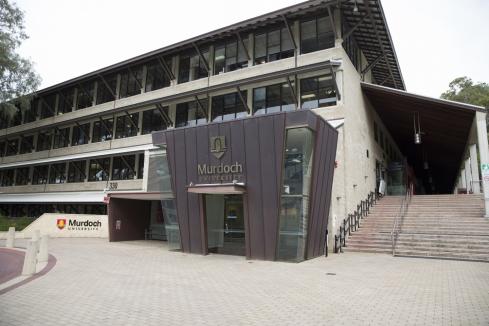Initiatives to encourage indigenous entrepreneurship such as accelerators, incubators and a government-backed venture capital fund were part of a suite of policies recommended by KPMG at the recent Indigenous Business, Enterprise and Corporations Conference held at the University of Western Australia.


Initiatives to encourage indigenous entrepreneurship such as accelerators, incubators and a government-backed venture capital fund were part of a suite of policies recommended by KPMG at the recent Indigenous Business, Enterprise and Corporations Conference held at the University of Western Australia.
KPMG tax partner Grant Wardell-Johnson told Business News the aim of the programs would be to ensure the indigenous community was a part of Industry 4.0, the name given to technological developments such as big data and the internet of things.
Mr Wardell-Johnson said there had been interest from varying levels of government in some of the recommendations in the KPMG report presented to the conference.
“An indigenous business is 100 times more likely to employ an indigenous person than a non-indigenous business, so in that sense, having indigenous people owning businesses is a really big catalyst for change,” he said.
“Aboriginal communities tend to be very communalist, whereas businesses tend to be a far more individualistic thing in some senses.
“Some of these initiatives on indigenous economic empowerment are trying to focus on not fitting in with the communalist mould but going outside that mould, and certainly not fitting within the welfare mould.”
Moves to take incubator environments into regional and remote areas would be one option, but another step would be to create options in areas of high indigenous population on the fringes of major cities, the conference heard.
Although the details of the programs are yet to be determined, KPMG has suggested the government provide seed funding for a venture capital fund to target opportunities for indigenous businesses.
That would circumvent any issues relating to private investors’ unwillingness to take on additional risk, or their lack of knowledge of the indigenous business sector.
Recent examples of the government providing funding for innovation development include the federal Biomedical Translation Fund, which helps take research out of the lab and into the marketplace.
The overarching theme of the Indigenous Business, Enterprise and Corporations Conference was to propose strategies to ensure indigenous Australians have the same access to capital and skills as non-indigenous Australians.
“Part of (it) is education and part is translating what happens in the city environment into a more regional and remote environment, to the extent that you can,” Mr Wardell-Johnson said.
“The platforms, the skill sets, so you have programs that can expose indigenous entrepreneurs and potential entrepreneurs to incubators and accelerators,
“People who know how to take an idea, test it and accelerate it into something commercial, so it’s very much a training-based concept
Non-technology focused initiatives in the report included a tax deduction for large projects in Northern Australia meeting criteria on indigenous employment.
The KPMG report also highlighted the success of Commonwealth government procurement targets, with about 2.9 per cent of contracts awarded to indigenous businesses, Mr Wardell-Johnson said.
The long-term target is 3 per cent.
“We know what doesn’t work, and we know some of the things that do work,” Mr Wardell-Johnson said.
“The federal government’s change to procurement policy has worked tremendously well.”





















